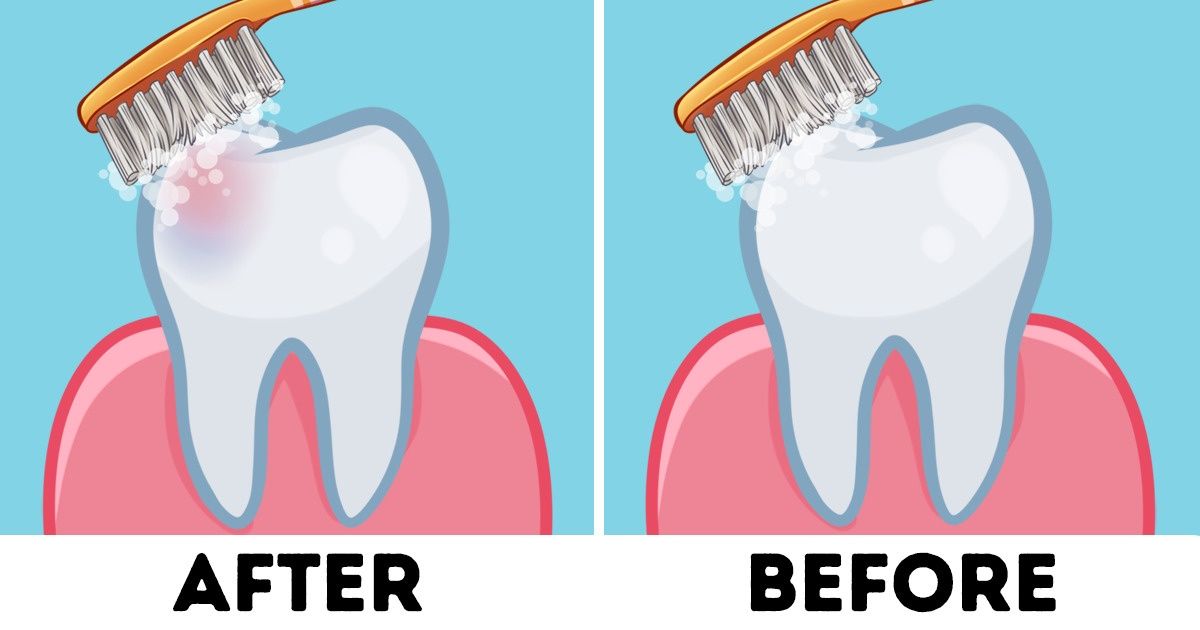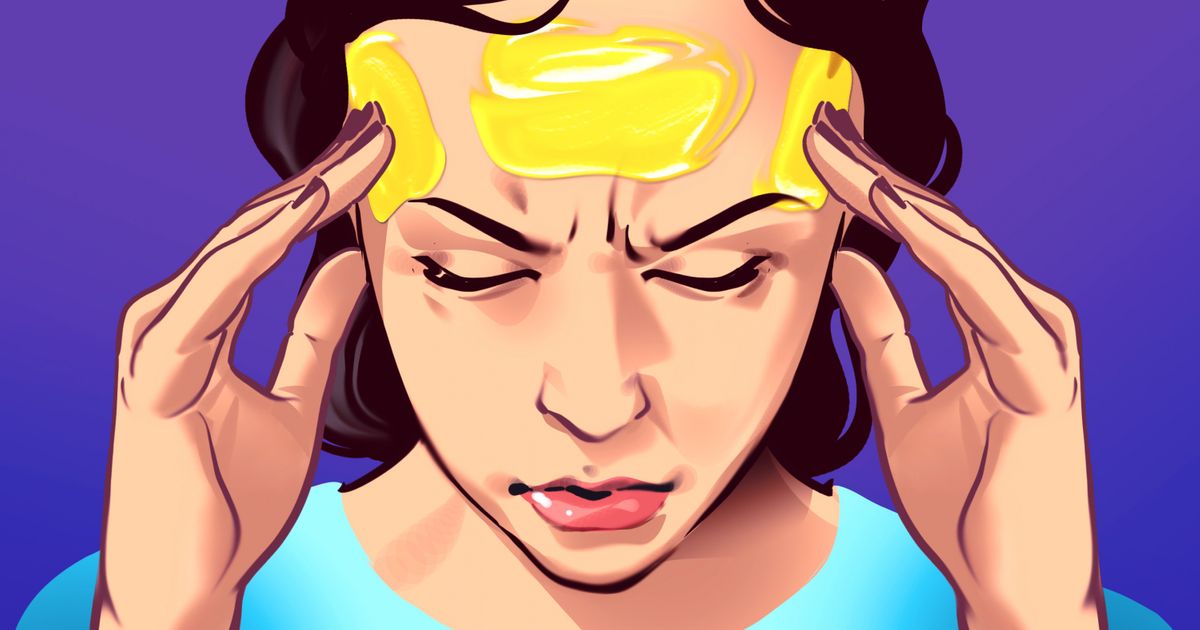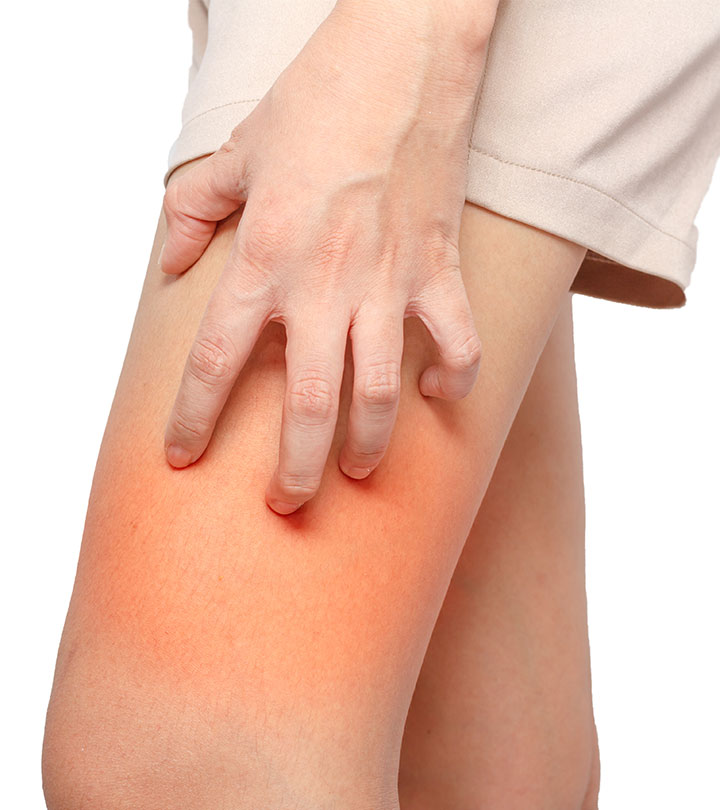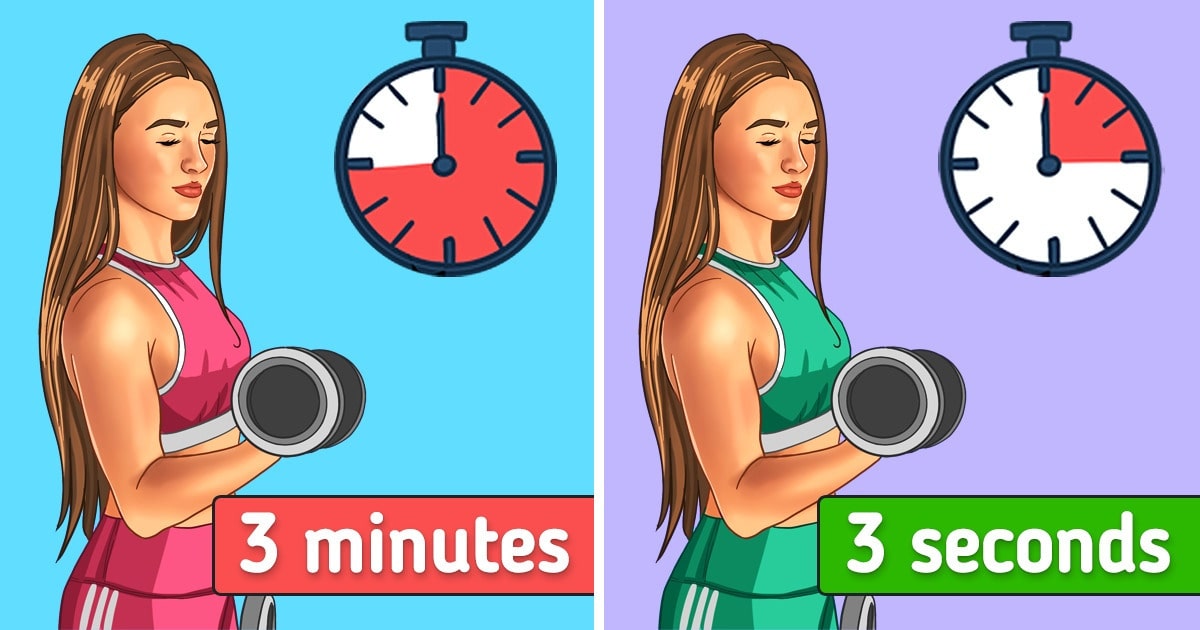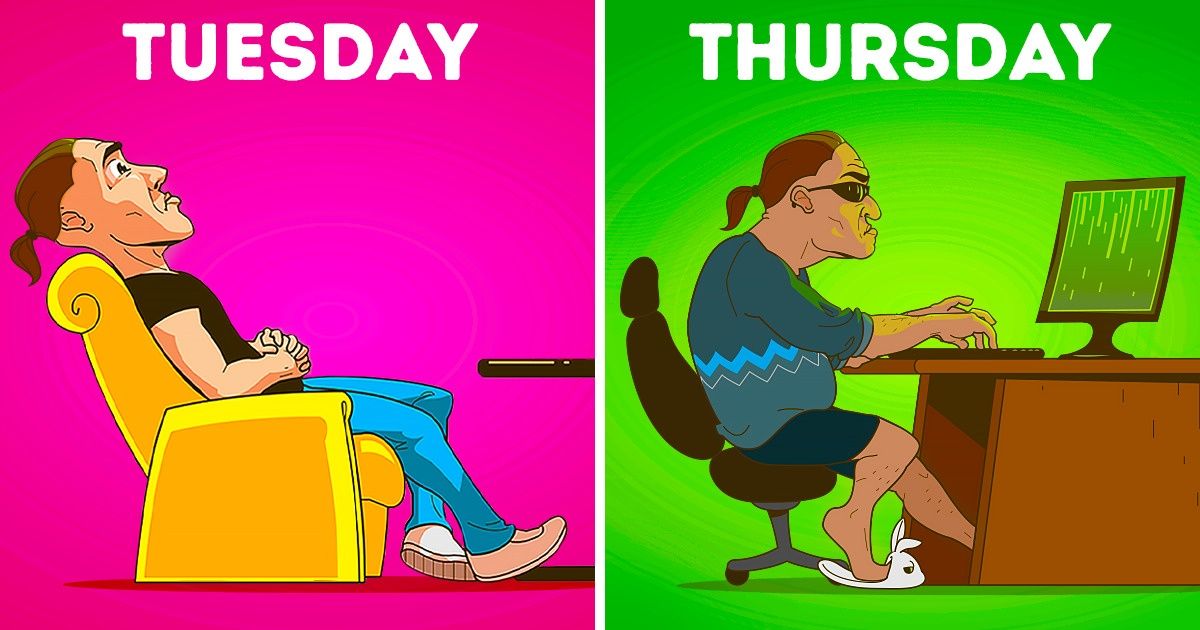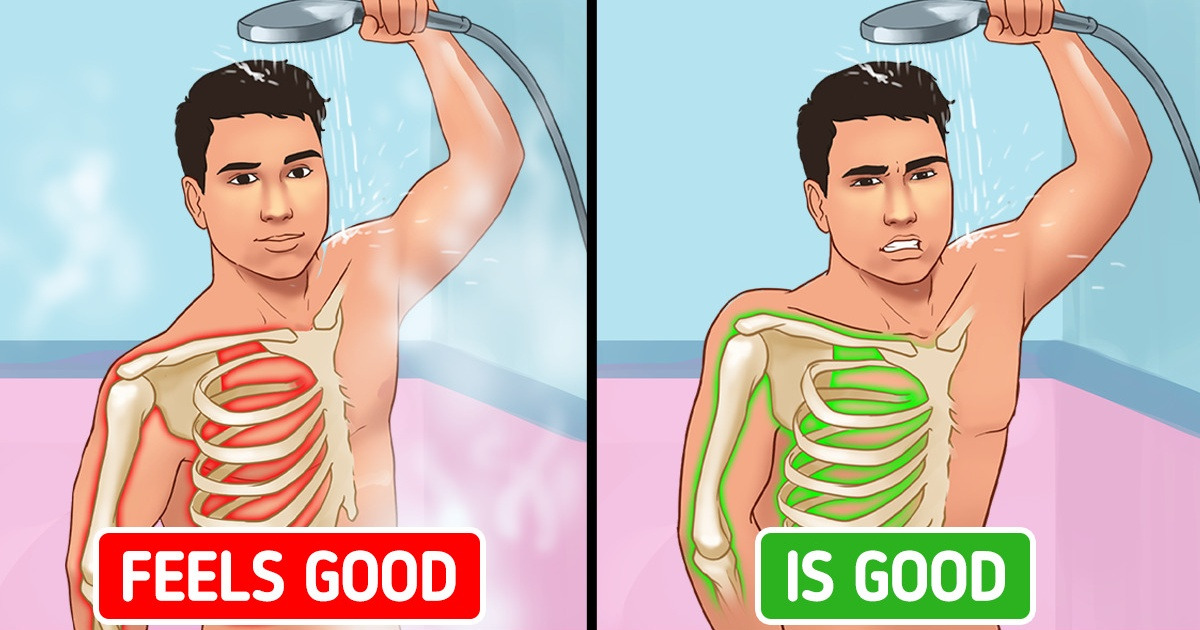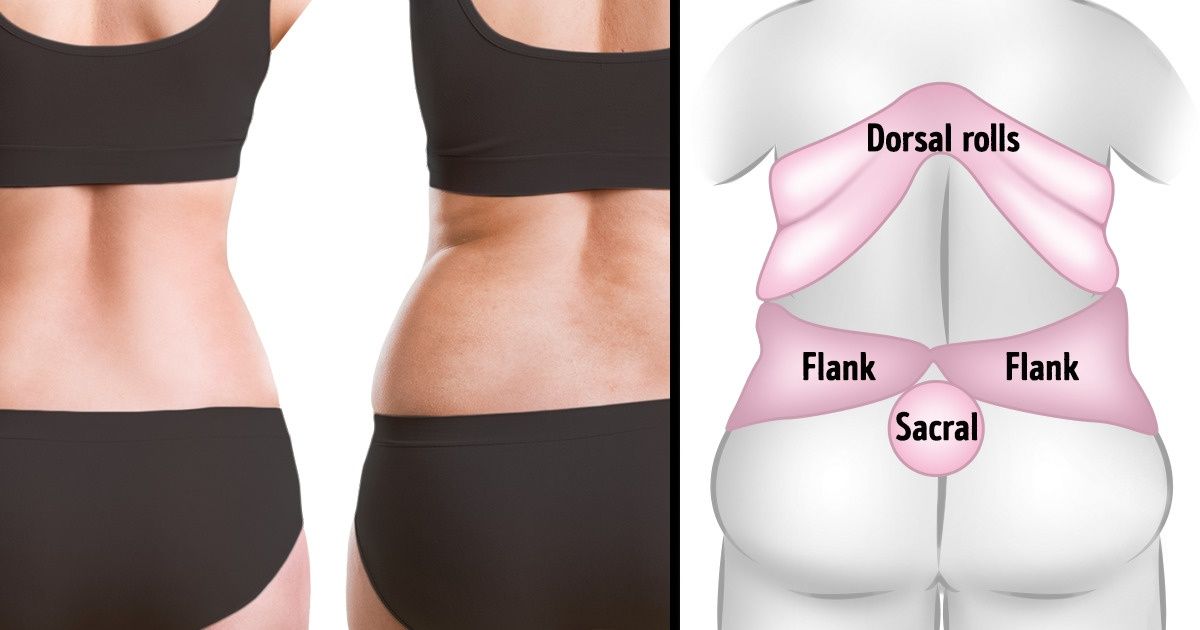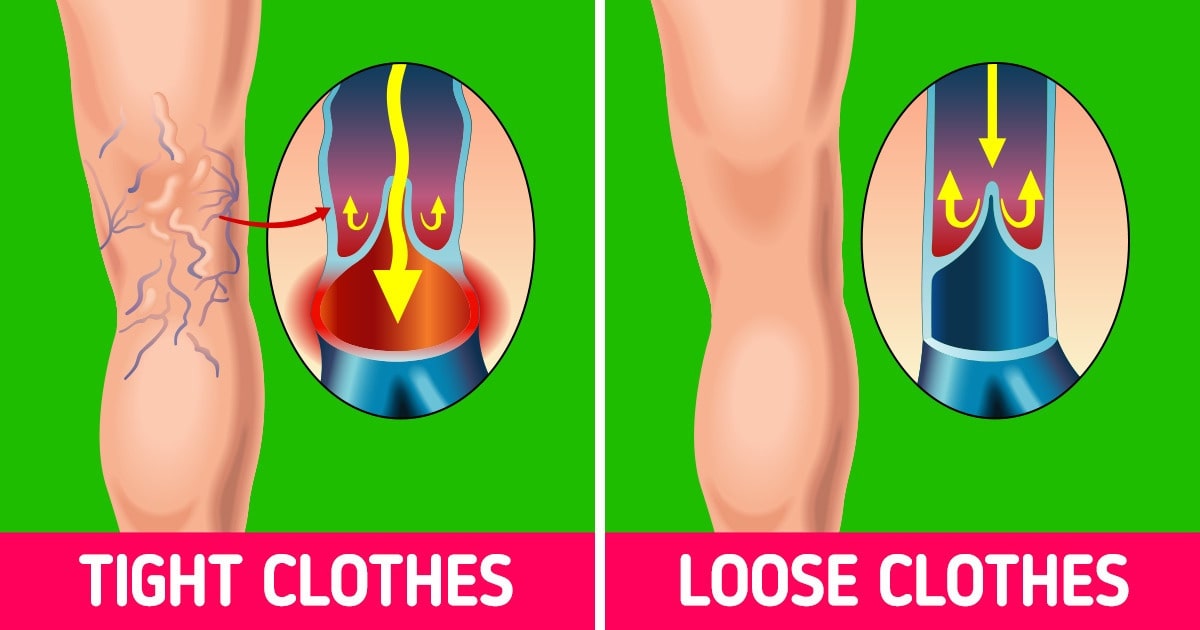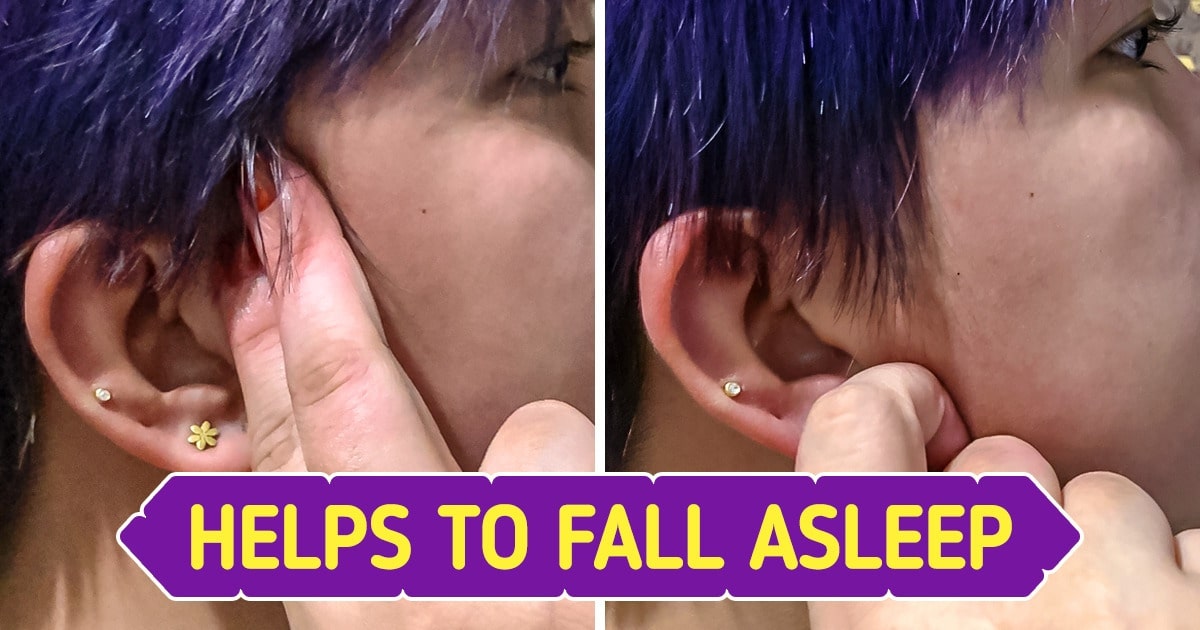We’ve all experienced sudden, intense cravings—whether it’s for a juicy burger, a square of dark chocolate, or a fiery bowl of chili. But what if these cravings are more than just random whims? They might actually be your body’s way of signaling nutritional deficiencies or physiological needs.
Understanding these signals can help you make smarter dietary choices and improve your overall health. Below, we decode six common cravings and explain what your body might be trying to tell you.
6. Craving Spicy Food? Your Body Might Need a Metabolism Boost or Pain Relief
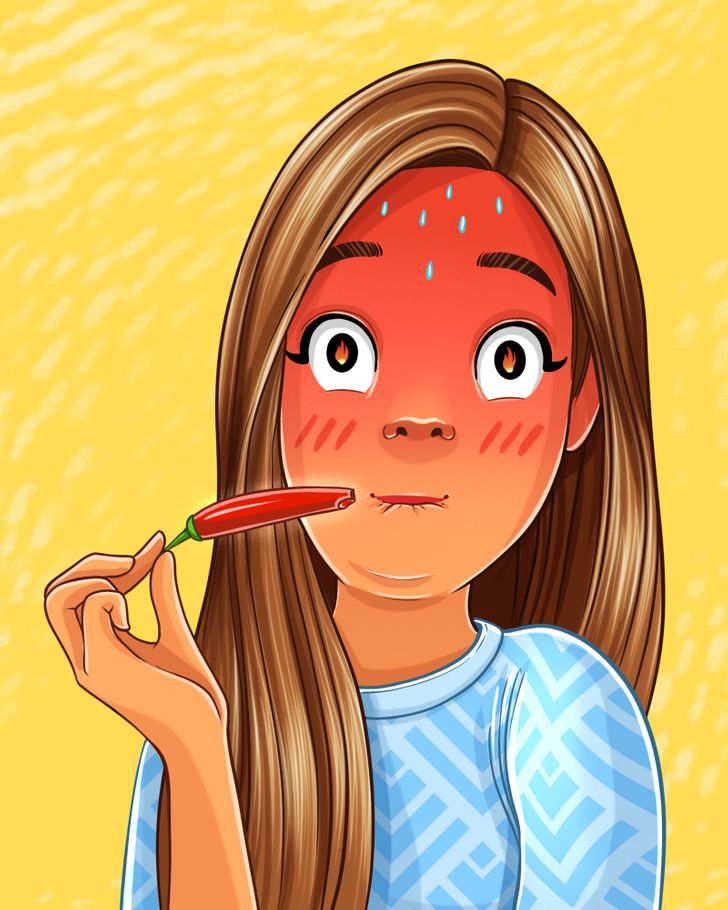
A sudden urge for spicy foods like hot sauce, chili peppers, or curry could indicate your body is seeking a metabolic jumpstart or natural pain relief. Capsaicin, the compound responsible for the heat in chili peppers, stimulates the release of endorphins—your body’s natural painkillers—and temporarily boosts metabolism.
Why It Happens:
- Low Energy Levels: Spicy foods increase circulation and thermogenesis, which can combat fatigue.
- Chronic Pain or Inflammation: Capsaicin has anti-inflammatory properties and is used in topical pain relievers.
What to Do:
Incorporate moderate amounts of spicy ingredients like cayenne pepper or jalapeños into meals. For sustained energy, pair them with protein and fiber. If pain is persistent, consult a healthcare provider.
Reference: A study published in Nutrients highlights capsaicin’s role in metabolism and pain management.
5. Craving Dark Chocolate? You Could Have a Magnesium Deficiency

Dark chocolate cravings often point to a magnesium deficiency, a common issue affecting nearly 50% of adults. Magnesium supports muscle function, sleep, and stress management—all areas where dark chocolate (with 70%+ cocoa) shines.
Why It Happens:
- Stress or Anxiety: Magnesium regulates cortisol, the stress hormone.
- Muscle Cramps: Low magnesium disrupts electrolyte balance.
What to Do:
Opt for a square of high-cocoa dark chocolate daily. For a non-sweet option, try magnesium-rich foods like spinach, almonds, or avocado.
Reference: The National Institutes of Health outlines magnesium’s critical health roles.
4. Craving Peanut Butter? Your Body May Need Healthy Fats or Protein

Peanut butter cravings often signal a need for sustained energy, healthy fats, or protein. Its combination of monounsaturated fats, fiber, and plant-based protein stabilizes blood sugar and keeps you full.
Why It Happens:
- Blood Sugar Drops: Peanut butter’s fat and protein slow sugar absorption.
- Recovery After Exercise: Protein repairs muscles post-workout.
What to Do:
Choose natural peanut butter without added sugars. Pair with apple slices or whole-grain toast for balanced nutrition.
Reference: Harvard T.H. Chan School of Public Health praises peanuts’ heart-healthy benefits.
3. Craving Ice? You Might Be Iron-Deficient

Chewing ice (pagophagia) is a lesser-known symptom of iron deficiency anemia. While the exact link is unclear, researchers suggest ice may improve alertness in anemic individuals by increasing blood flow to the brain.
Why It Happens:
- Low Iron Levels: Iron is essential for oxygen transport; deficiency causes fatigue.
- Pregnancy: Increased blood volume raises iron needs.
What to Do:
Get a blood test to check iron levels. Incorporate iron-rich foods like spinach, lentils, and red meat, paired with vitamin C for absorption.
Reference: The Mayo Clinic details iron deficiency symptoms.
2. Craving Pastries? Your Brain Is Begging for Quick Energy
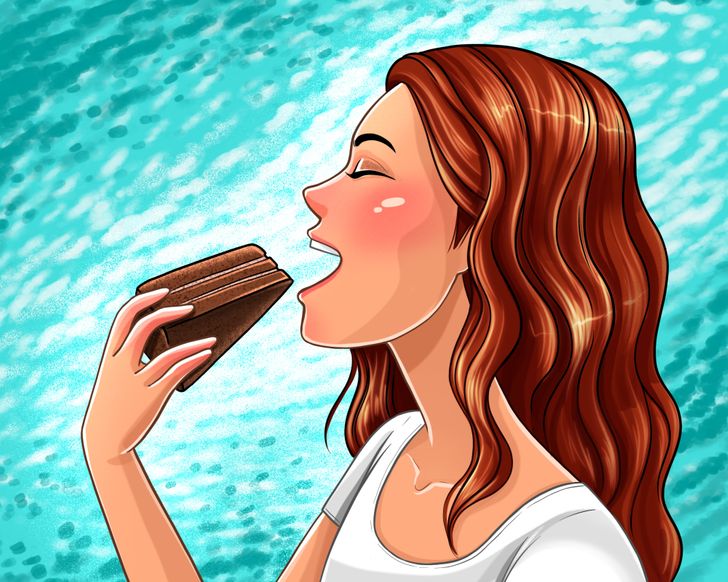
Intense cravings for pastries, cookies, or sugary carbs often stem from rapid blood sugar fluctuations or emotional stress. These foods provide a quick dopamine boost but lead to energy crashes.
Why It Happens:
- Blood Sugar Imbalance: Refined carbs cause spikes and dips.
- Poor Sleep: Fatigue drives sugar cravings for instant energy.
What to Do:
Opt for complex carbs like oatmeal or sweet potatoes. Manage stress with mindfulness or exercise instead of sugar.
Reference: American Heart Association explains the risks of added sugars.
1. Craving Meat or Hamburgers? Listen to Your Protein or Iron Needs
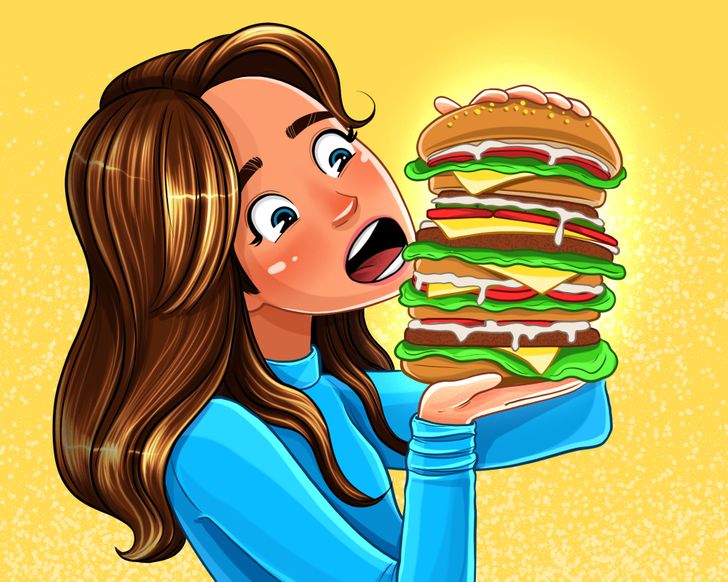
Red meat cravings may indicate a need for protein, iron, or zinc—nutrients vital for energy, immunity, and muscle function. This is especially common in athletes or those on restrictive diets.
Why It Happens:
- Heavy Exercise: Protein repairs muscle tissue.
- Vegetarian/Vegan Diets: Plant-based iron (non-heme) is less easily absorbed.
What to Do:
Include lean meats, beans, or tofu in meals. For plant-based diets, pair iron-rich foods with vitamin C sources.
Reference: Healthline lists plant-based iron sources.
Final Thoughts: Listen to Your Body, But Verify
While cravings can hint at nutritional gaps, they’re not always accurate. Chronic or extreme cravings (like non-food items) warrant a medical check-up. Pair intuitive eating with a balanced diet rich in whole foods, and consult a nutritionist for personalized advice.
By decoding your cravings, you’ll not only satisfy your taste buds but also nourish your body effectively.
